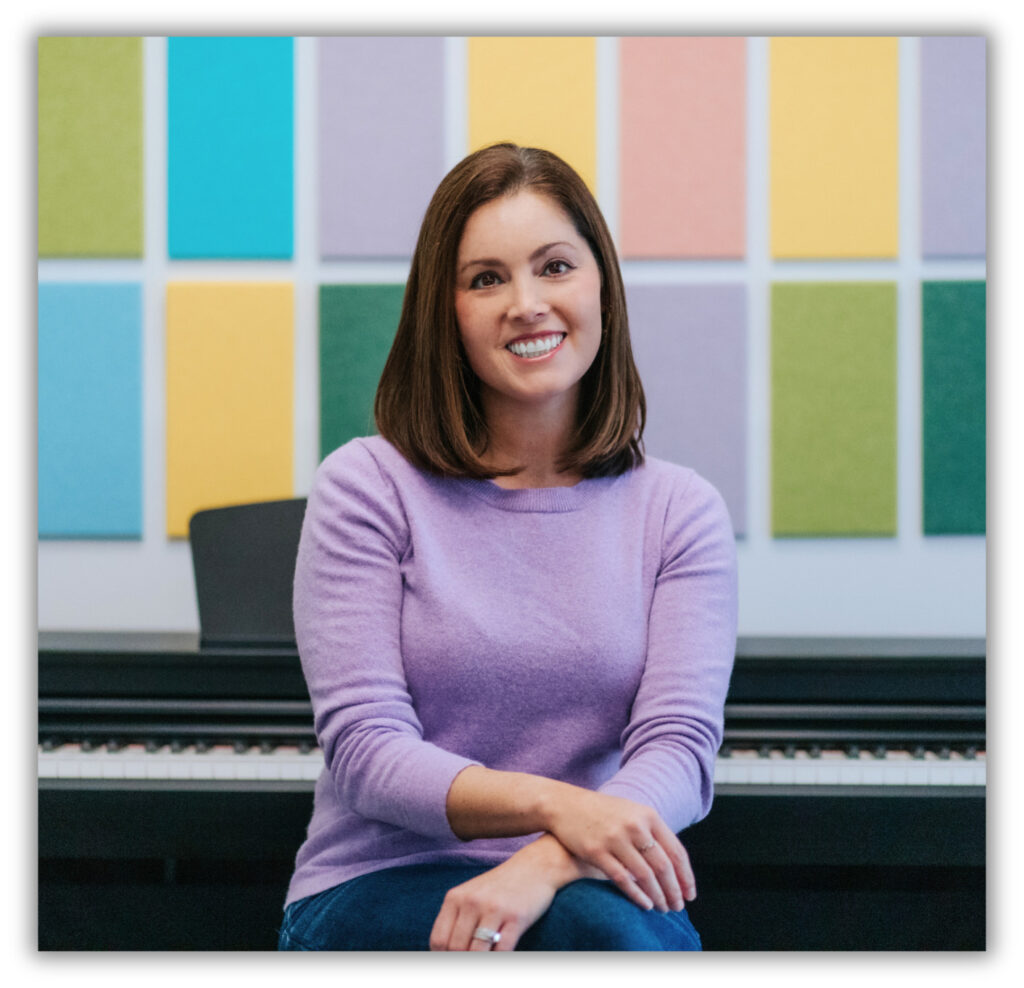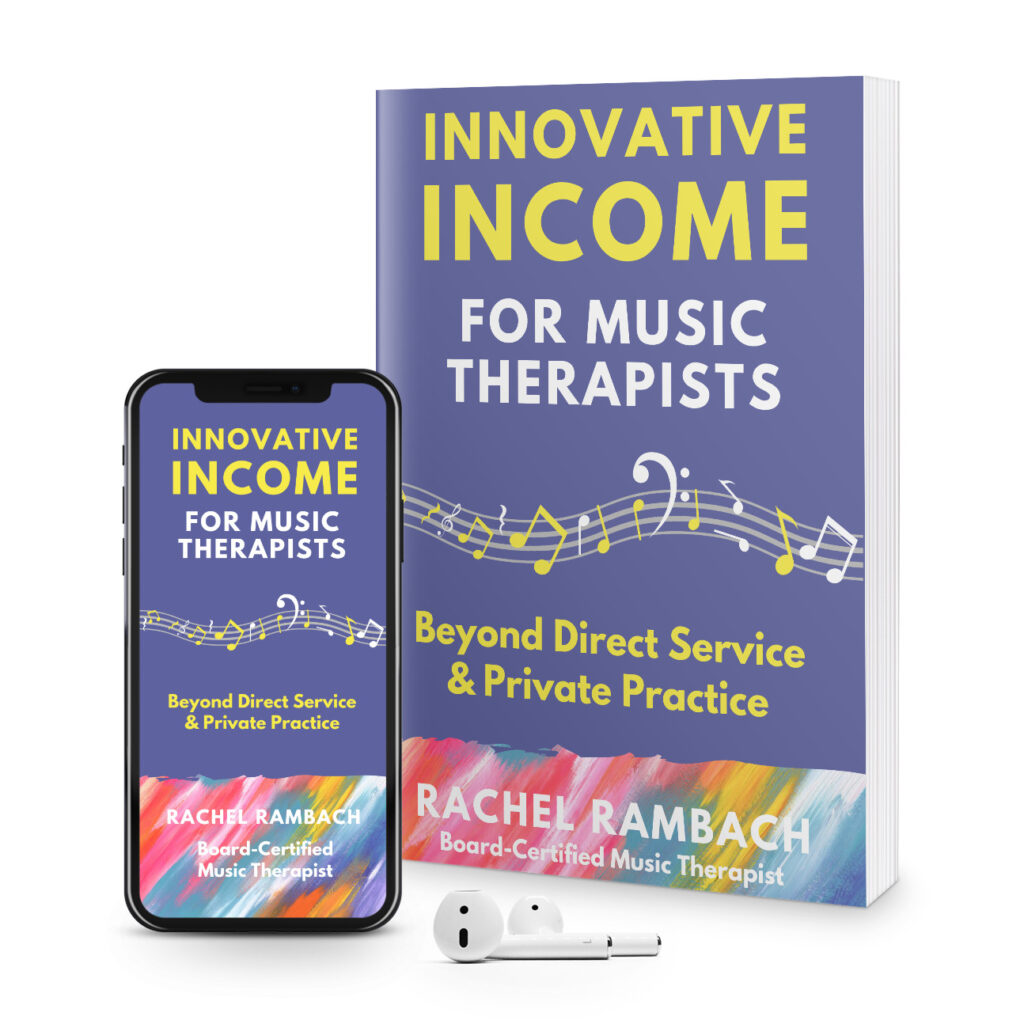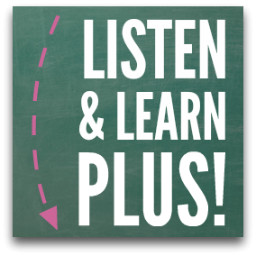by Rachel | Uncategorized
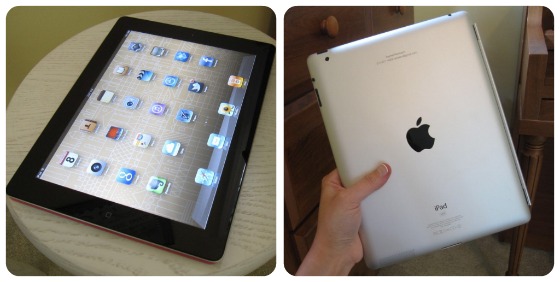
As you might have previously read, I got an iPad 2 for my birthday. The primary reason I wanted one was for use in my studio, and I didn’t waste any time putting it into action yesterday.
Up until this past spring, I’ve sent my students home with written assignment sheets and lesson or music therapy session notes in their binders. However, with so many students to see every day, I hated the thought of going through so much paper — not to mention all the time spent handwriting notes.
So I whipped up a notes template on Pages (a word processing app I have on both my Macbook Pro and iPad 2) and then created a document for each day of the week. Each document has a page dedicated to every student I see on that day, with the notes templates all ready to be completed during lessons and music therapy sessions.
At the end of the day after my last student has left, I copy and paste each student’s lesson/session note into an email to either the student (if he/she is an adult) or the parents. That way, we both have an electronic record of everything that happened in the lesson/session, as well as any assignments.
I also include a reminder at the bottom of my notes template to students and parents that they can log practice time, comments, and questions about that week’s lesson/session in their account on my website.
I knew the iPad 2 would be great for educational music apps and playing and recording music, but this use of it is worth the price alone. Do you use your iPad or another electronic device to write and share lesson or session notes, or do you stick to paper and pen?
by Rachel | Uncategorized

Four months ago, I sat down to dinner with my husband at our favorite Thai restaurant and proposed that we renovate two rooms of our house, turning them into my new studio. He looked at me like I was nuts, but I kept talking, and eventually he warmed up to the idea.
Now that it’s complete, Zach couldn’t be happier. He can see how thrilled I am with the finished product, and he gets to reclaim the main part of our house. A win-win situation.
It’s actually a win-win-win situation, because I am positive that my students and their families will love it, too. The entrance is right off of the driveway, there is a dedicated waiting room with plenty of comfy seating, and the studio is bright and inviting.
But instead of just telling you, I want to show you what I mean. I took pictures of every last nook and cranny, and posted all 99 of them on my Facebook page. Go take a look! And be sure to let me know what you think.
by Rachel | Uncategorized

The MTRT, better known as the Music Therapy Round Table, is a podcast hosted by myself, Michelle Erfurt, and Kimberly Sena Moore. We’ve been working together from our respective states (Illinois, Florida, and Missouri) for the last year and a half, and finally decided that we needed to get together in person — other than at AMTA National Conference.
Since Michelle lives in Florida, naturally that was our first choice destination. So Kimberly and I flew in this morning, and the three of us have been making plans and catching up all afternoon. We’re very excited to fill you all in on our big plans for the podcast and the Music Therapy Round Table in general!
by Rachel | Uncategorized

I’m a big fan of all the “old lady” books, including There Was An Old Lady Who Swallowed a Fly and I Know an Old Lady Who Swallowed a Pie. That old lady was the inspiration for today’s song, which I wrote for my students to accompany bells of any kind.
I incorporated a few different ways of playing the bells, but there is definitely opportunity for additional verses. Here’s what I came up with:
There was an old lady who played the bell,
Just like you she played the bell,
She played so well.
There was an old lady who played so fast,
Quickly as the time flew past,
Just like you she played the bell,
She played so well.
There was an old lady who played so slow,
On and on and on, she’d go,
And after that, she played so fast,
Quickly as the time flew past,
Just like you she played the bell,
She played so well.
There was an old lady who played up high,
In the air, from morning to night,
And after that, she played so slow,
On and on and on, she’d go,
And after that, she played so fast,
Quickly as the time flew past,
Just like you she played the bell,
She played so well.
I’d love to make a little picture book to go along with this song eventually. Or maybe even an entire series about the old lady who played different kinds of instruments. How fun would that be?!
by Rachel | Uncategorized
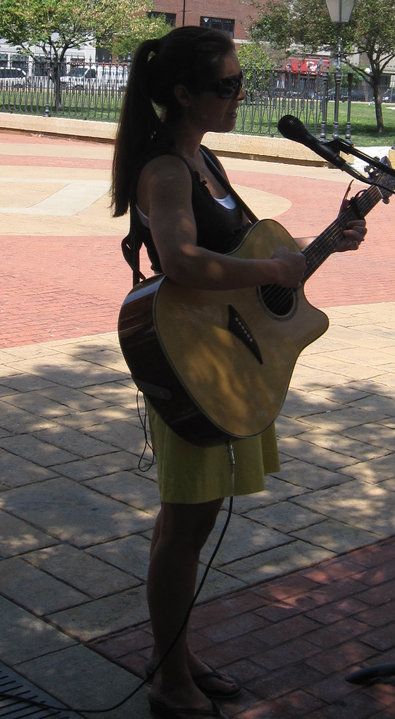
One of my favorite things about summer is playing gigs — something I don’t have much time for during the school year. I played my first gig ever back in 2008, and I’ll admit it: I was a little clueless. But three years and countless gigs later, I have a much better handle on things.
So yesterday when Kimberly Sena Moore posted on Facebook about playing her first gig next week, I was inspired to whip up this post with a few tips I wish I’d known way back when.
- Know your venue and audience. My set list for a bar gig is not the same as it is for a gig like today’s, which is outdoors on the Old State Capitol plaza. It helps to have a general idea of who will be listening, and what the environment will be like. Bar = all adults, lots of talking and background noise. Outdoor public area = children will probably be present, more eyes and ears on the performer.
- Dress comfortably. If it’s hot (it’s going to be 96 today!), wear something that will help you stay cool but that is still appropriate to the venue. Keep in mind that you’ll probably be bending over to set up equipment. And if you’re going to be standing (which I always do during a gig) make sure your shoes are comfortable.
- Be well prepared. There’s nothing worse than going into a gig feeling less than confident about the songs you’re playing. Start with songs in your comfort zone, and gradually add new material. It helps to play shorter gigs at first, so that you don’t have as much music to prepare.
- Put some thought into your set list. I always arrange my songs so that there aren’t too many fast ones all at once, and definitely not too many slow ones in a row. Vary the order not only by tempo, but also by genre and style. Keep your audience guessing!
- Throw in some crowd-pleasers. I do a mix of originals and covers at all of my gigs, but I’m always sure to include songs that are guaranteed hits. Songs like “I’m Yours” by Jason Mraz, “Rolling in the Deep” by Adele, and any other songs that are current or classic always go over well.
- It’s okay to use music. Some people feel pressured to have their repertoire completely memorized, but it’s not essential to a successful gig. The audience could care less whether you have a music stand in front of you, as long as you are entertaining. Just make sure not to have your eyes glued to the music — know it well enough so that you only have to glance at it from time to time.
- Arrive early and set up with plenty of time to spare. You don’t want to be scrambling around, checking levels, and tuning your guitar when people expect you to have started playing already. I always make sure I have a few minutes to just chill before I start my set.
- Interact with the audience. Sometimes it can be difficult to do this, especially when there is a lot going on and the setting is less intimate. But when you can, personalize your performance by telling stories about the songs you’re performing, give shout-outs to people in the audience, etc.
- Take breaks if you are playing a long gig. I made the mistake of only taking one quick break during my first couple of 3-hour gigs. My voice and fingers were not happy with me afterwards. Even if you take just five minutes, be sure to give yourself time to use the restroom, have a drink of water, and say hi to people in the audience every hour or so.
- Have fun! Don’t get too wrapped up in playing and singing perfectly. If you’re enjoying yourself, that will shine through and the audience will enjoy you, too. Invite your friends and family so that you have familiar smiling faces to look at and who will cheer you on.
Playing gigs is a LOT different that facilitating a music class or therapy session, as I quickly realized. But it’s a chance to work on your musicianship, as well as get your name out there.
What tips would you add to my list?






